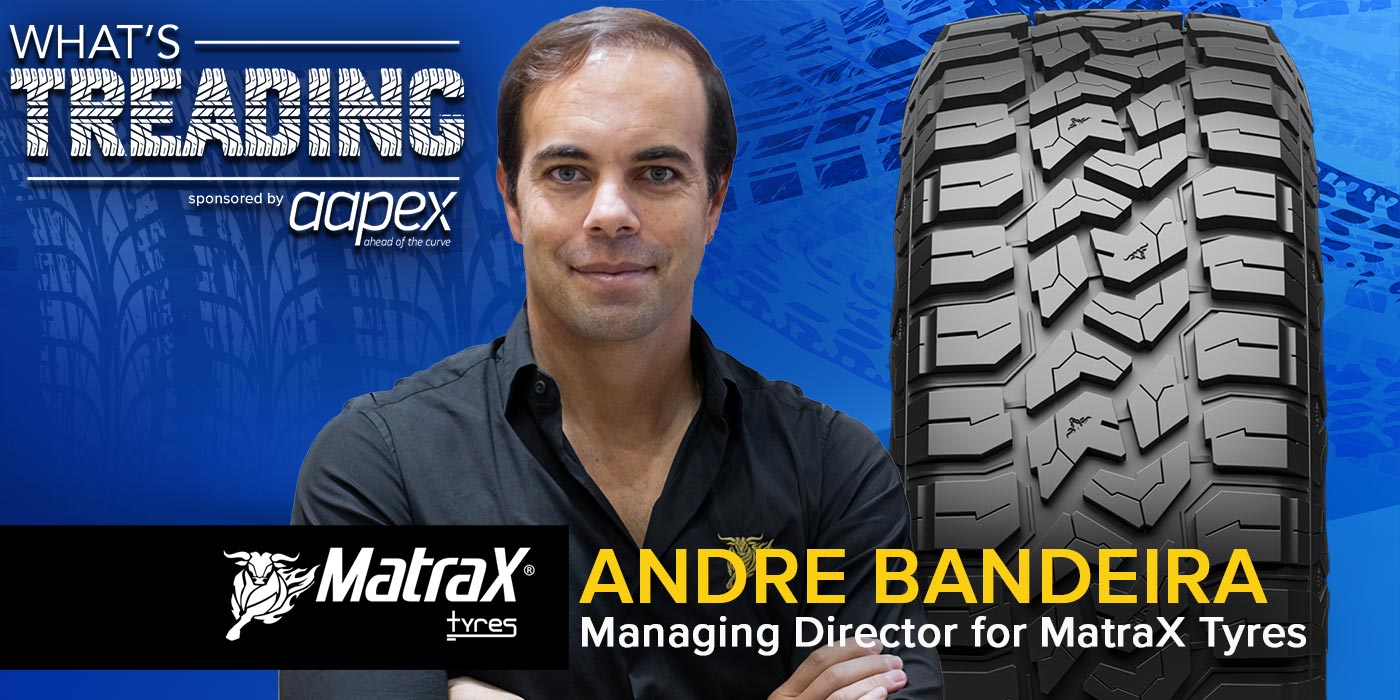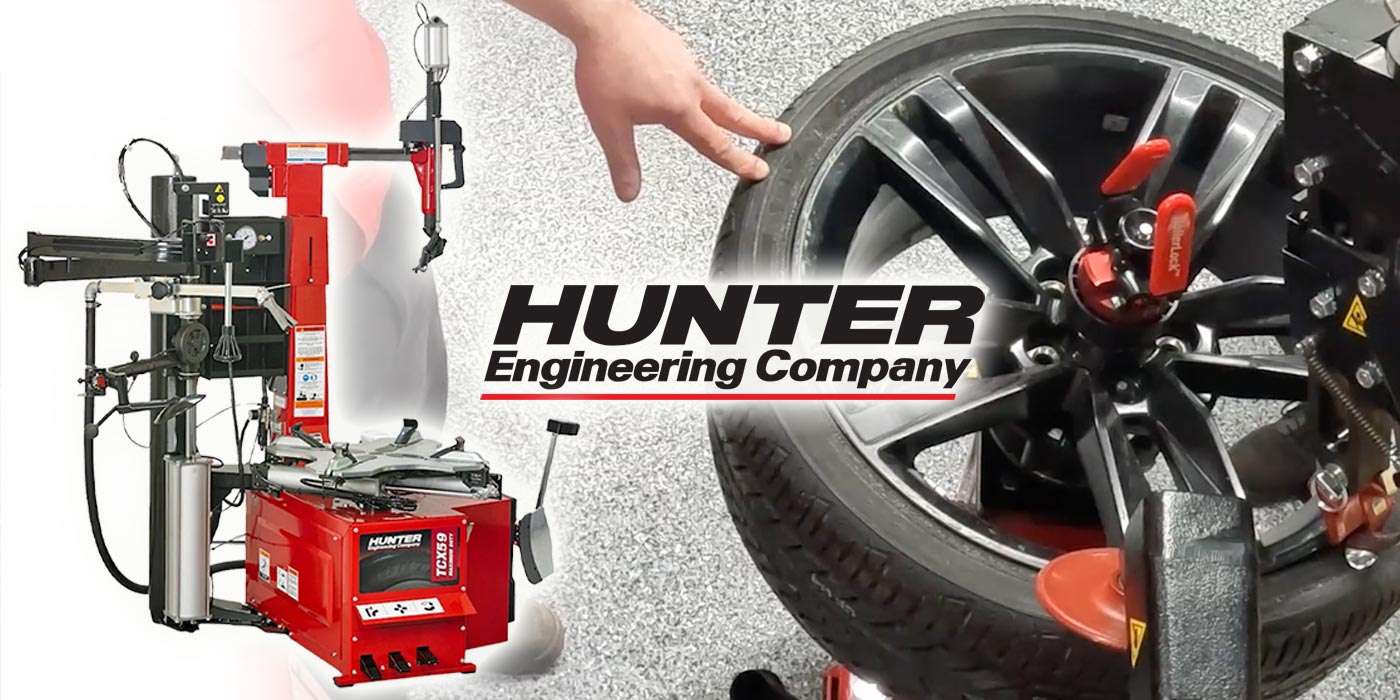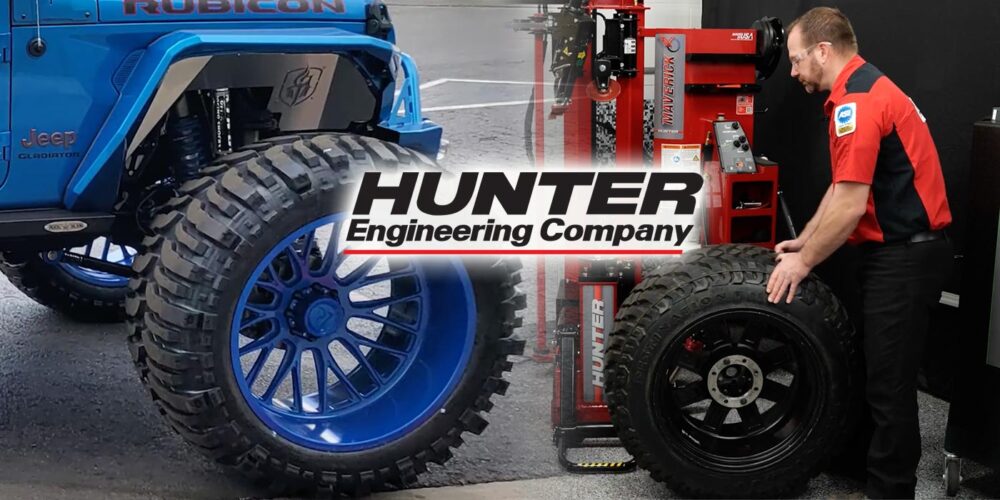Over the past several years, many vehicle manufacturers have started moving away from aluminum clamp-in valve stems and switching to rubber snap-in valve stems instead. We explain why and tips for servicing rubber snap-in valves, in this Tire Review Continental Tire Garage Studio video.
Rubber snap-in TPMS valve stems offer some advantages over aluminum clamp-in stems. Aluminum clamp-in stems are more susceptible to corrosion than their rubber counterparts, and these corroded valve stems can lead to larger issues like slow air leaks and broken parts. During the repair process, they can even corrode themselves to the wheel rim.
Rubber snap-in stems, on the other hand, offer a corrosion-resistant solution for OEMs and some repair benefits for the aftermarket. In addition to being more resistant to corrosion, they have fewer parts and are arguably easier to install and remove.
Rather than needing a nut to “clamp” it into place with a torque tool, a rubber stem is installed with a valve puller tool, and the stem is quite literally pulled through the valve hole of the rim to set it into place. To remove the rubber stem, you can use the same valve puller to pull the valve completely out of the valve hole. No twisting, turning and breaking of corroded nuts.
Although rubber snap-in stems are more resistant to corrosion, they’re entirely damage-proof and should still be replaced each time the tire is removed from the wheel. The rubber on the stem can begin to dry out, harden, and in severe cases, crack as it is exposed to the elements, especially UV rays. A used rubber stem is almost always damaged during repair because the hard, dry rubber must be pulled through the rim hole completely to remove the stem. The stem usually cracks or rips as it is forced to fit through the valve hole and this could cause a slow air leak.
So, when servicing rubber snap-in valves, make it a habit to always change out TPMS service kits every single time the tire is removed from the rim. This protects the driver from slow air leaks, and your shop from costly comebacks.
And regardless if you are using an aluminum stem or a rubber stem, there usually is enough wear and tear to justify a new service kit. As a rule of thumb, service kits should automatically be included and considered a vital step in a TPMS repair service.













